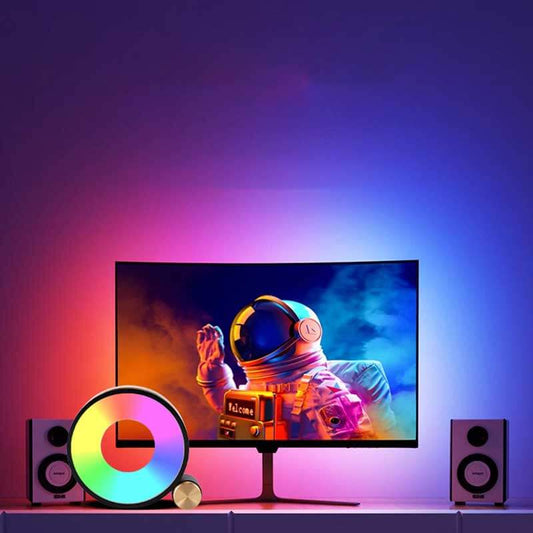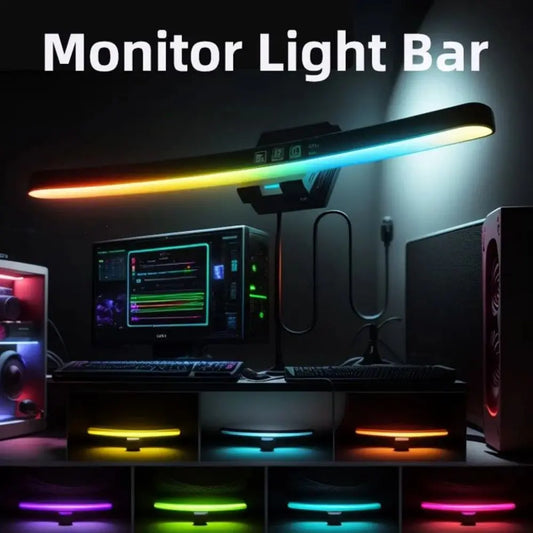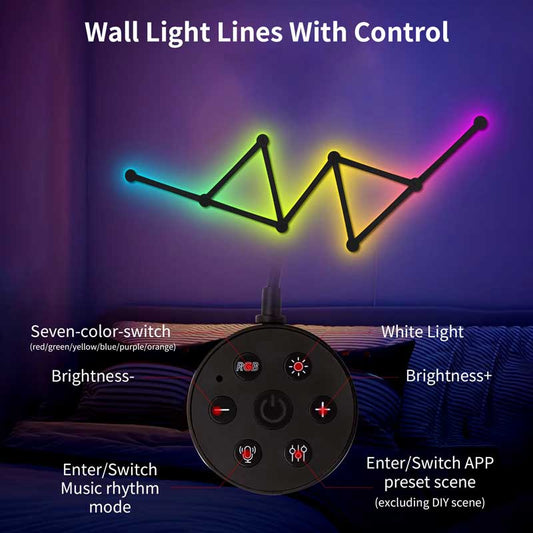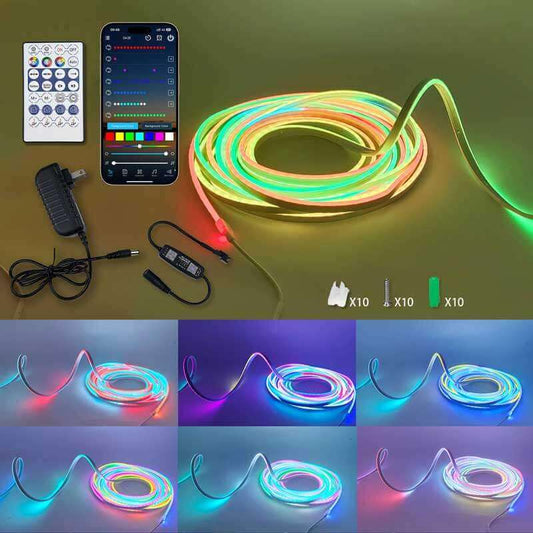Do cheap plant lights work?
Share
Yes, cheap plant lights can work, but their effectiveness largely depends on the quality of the light, the type of plants you are growing, and the specific lighting needs of those plants. Here's a breakdown of what you should know about cheap plant lights:
1. Types of Plant Lights
Plant lights are typically categorized based on the type of light they provide. The most common types include:
-
LED Grow Lights: These are energy-efficient and come in a variety of spectrums, including full-spectrum (which mimics sunlight) and specific spectrums designed for different stages of plant growth (like vegetative growth or flowering). LED grow lights are the most common and affordable option.
-
Fluorescent Lights: Compact fluorescent lights (CFLs) or tube fluorescents are commonly used for plant growth. They are affordable and often work well for low-light plants or seedlings, but they are less energy-efficient compared to LEDs.
-
Incandescent Lights: These are not ideal for plants, as they produce too much heat and very little usable light for plant growth. They are generally not recommended.
2. Do Cheap Plant Lights Work?
Cheap plant lights, especially LED or fluorescent varieties, can work if chosen correctly. However, there are certain factors to consider:
A. Light Spectrum
The spectrum of light is critical for plant growth. Plants need different wavelengths of light depending on their growth stage. Most plants benefit from full-spectrum lights, which closely mimic natural sunlight. Cheap plant lights may not offer a full spectrum or may have a limited spectrum, which could hinder plant growth.
- Full Spectrum LED Lights: These are generally the best option for most plants. Even cheaper full-spectrum LED lights can work, though the overall quality may vary.
- Blue and Red Spectrums: If you're growing plants at specific stages (like seedlings or flowering), some cheap lights may only emit red or blue wavelengths, which are useful for particular growth stages.
B. Intensity and Coverage
Cheap plant lights may have lower intensity compared to higher-end models, which could be a limitation for plants that require a lot of light to thrive. Ensure that the light you choose provides enough coverage and intensity for the size of the area you are lighting.
- Wattage: Low-wattage grow lights (under 20W) might be effective for small, low-light plants or seedlings. For larger or more light-hungry plants, higher wattage (20W–100W) may be needed.
C. Lifespan and Durability
Cheaper plant lights often have shorter lifespans and may not be as durable as higher-end options. While LED lights can last up to 25,000 hours or more, low-quality LEDs might burn out faster or lose their effectiveness over time.
D. Heat Emission
Cheap plant lights might not have the best heat management. Excessive heat can damage plants, especially delicate ones. LED grow lights are generally the best option because they produce little heat compared to incandescent or some fluorescent lights.
3. Pros and Cons of Cheap Plant Lights
Pros:
- Affordable: Cheap plant lights are budget-friendly, especially if you're starting a small indoor garden or growing just a few plants.
- Low Power Consumption: Many cheap plant lights, especially LEDs, are energy-efficient, saving you on electricity bills.
- Suitable for Small Plants: If you're growing low-light plants, seedlings, or succulents, cheaper lights may be sufficient.
Cons:
- Limited Spectrum: Cheaper lights may not provide the full spectrum of light required for optimal plant growth.
- Lower Durability: The build quality and lifespan might not be as good as premium lights.
- Less Intensity: Some cheaper lights might not provide enough light for larger plants or more demanding species.
- Shorter Lifespan: Some cheap lights burn out quicker, which means you might need to replace them sooner.
4. What to Look for When Buying Cheap Plant Lights
If you're on a budget but still want to buy a functional plant light, here are a few things to look for:
- Full Spectrum: Look for lights that cover a broad range of wavelengths, from blue to red, for healthy plant growth.
- Wattage: Make sure the wattage matches the needs of your plants and the space you’re lighting. For small spaces, something around 20W might be sufficient, but larger areas or bigger plants might require 50W–100W.
- LED or Fluorescent: Opt for LED lights if possible, as they are more energy-efficient and last longer than other types.
- Reviews: Check user reviews to see how well the light performs over time. Even a cheap light can work well if it has good reviews for durability and effectiveness.
- Adjustable Features: Some cheap lights come with adjustable settings, such as dimming or spectrum adjustments, which could be very useful for different stages of plant growth.
5. Top Budget-Friendly Plant Lights
Here are some affordable options that can work well for your plants:
-
GE BR30 Full Spectrum LED Plant Grow Light: Good for smaller plants, offering a broad spectrum of light at an affordable price. Available at most major retailers (around $15–$20 per bulb).
-
Roleadro LED Grow Light (300W): A well-known budget LED grow light that covers a good spectrum for most plants. It’s suitable for small to medium grow areas and is energy-efficient. (Around $40–$50).
-
AeroGarden LED Grow Light: This is a small, compact option for herbs or small plants. It's not the cheapest, but it offers reliable performance. (Around $20–$30).
-
Feit Electric 24" T5 LED Grow Light: A low-cost fluorescent option for plants. It's a good fit for seedlings or smaller plants (around $15–$20).
6. Conclusion
Yes, cheap plant lights can work, but they might not offer the same benefits or lifespan as more expensive options. For smaller, low-light plants or short-term use, cheap grow lights can be an effective solution. However, if you're growing high-light-demanding plants or want more consistent and long-lasting results, you may eventually want to invest in higher-quality lights.
When choosing cheap plant lights, prioritize full-spectrum LEDs for energy efficiency and versatility, and check the wattage and coverage to make sure it's suitable for your plant setup.




